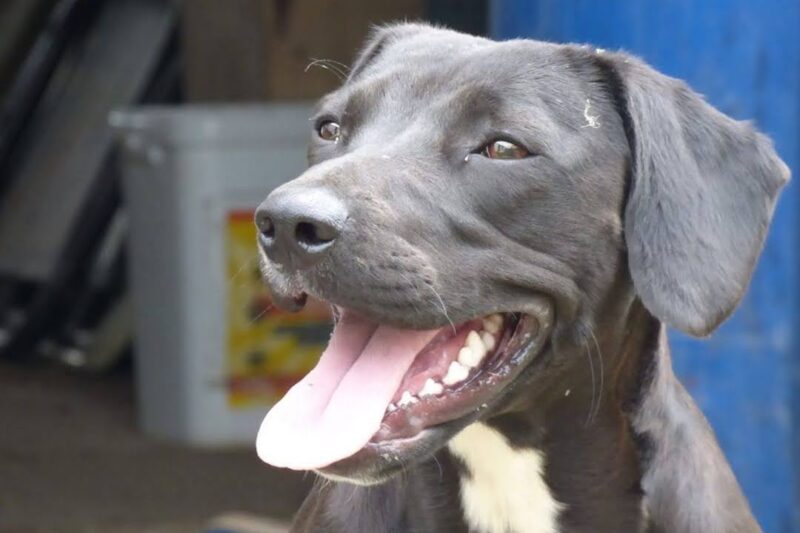Posted on 16 October 2022
by jess

It’s Spring and at this time of year we once again turn our thoughts to Laminitis. Although occurrence is seen throughout the year it is during the spring flush of grass that the risk increases. The exact mechanism of the disease is still unknown but ongoing research is working at unravelling this.
We have always known that laminitis is fundamentally a metabolic problem, but increasingly it is being thought of as a diabetes like condition, linked to glucose intolerance and insulin resistance. Similar to human diabetes, obesity plays a major role in laminitis occurrence, and fitness levels are vital to prevention.
Antioxidants
Your horse’s diet can be improved with the addition of targeted antioxidants, which will help to flush free radical toxins out from the system. Just as we are told to eat five helpings of fruit and vegetables daily, the same can be applied to equine nutrition. Unfortunately antioxidants are susceptible to attack from heat and air and are therefore lacking in prepared and preserved feeds. This is why antioxidant rich supplements can improve the diet and offer important nutritional support to the laminae. When choosing an antioxidant supplement ensure it contains a broad range of naturally sourced nutrients. Synthetically produced antioxidants, such as pure Vitamin E or pure Vitamin C, often compare poorly in potency with their natural neighbours. For optimum results antioxidants should be introduced to the diet prior to the onset of rapid grass growth.
There are a number of other key nutrients that can offer invaluable support. Sulphur is vital to the integrity of the laminae, it supports the health of the soft tissue and “sulphur-bridges” within the laminae. It’s important to choose a bio-available source of sulphur, such as MSM, which is readily absorbed by the horse. Zinc and calcium are also recommended for healthy hoof condition and integrity.
Support of a metabolic condition should include nutrients for gut health. During any gut disturbance the beneficial bacteria, essential to equine digestion, are killed and harmful bacteria increase, releasing acids and toxins into the blood stream, and preventing the gut from re-stabilising. The recovery of the beneficial microflora (gut bacteria) can be encouraged by the use of probiotics. Using a guaranteed live strain is the best way to both replenish stocks of “good bugs” and support regeneration of those still there. Be aware that currently only one strain of probiotic is guaranteed and legally allowed to be classed as “live” for horses. If the product you choose claims to be “live” and is conforming to legal regulations look for ‘Saccharomyces cerevisiae’ on the label, the content level will also be declared.
Prebiotics are digestive sugars that further support the re-growth of beneficial bacteria, whilst suppressing the growth of harmful bacteria. Put simply, the prebiotics provide food for the probiotics to work on. Gut absorbents, such as bentonite and activated charcoal, also play an important role in mopping up excess acids. Therefore, when choosing a supplement check on the label for a combination of pre and probiotics with gut absorbents to help ensure optimum gut function.
As mentioned earlier, recent research shows the strong possibility of a link between laminitis, glucose intolerance and insulin resistance, highlighting a need for magnesium in the diet. Insulin resistance can either cause, or be caused, by low levels of magnesium in the system. Which of the two is true of laminitics is still in research, but low magnesium is thought to be key to laminitis, and trials have shown that supplementing with highly bio-available magnesium may support the laminitic, particularly in helping to reduce the classic laminitic ‘cresty neck’.
To conclude, while it is important to understand the role of good management and fitness levels for laminitics (if you have any doubts at all always speak to your vet), we can see that targeted nutritional support may offer invaluable help to the horse or pony who is prone to laminitis.
Kate Hore – NAF Senior Nutritionist


